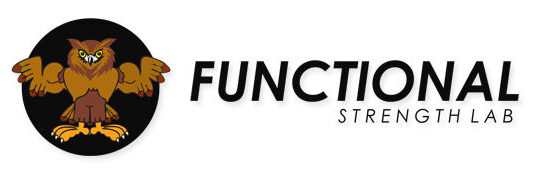One Rep Maxes (1RM) are critical pieces of information about yourself that can be used to craft future workouts and record your progress. Typical workouts that have 1RM’s tied to them are bench, deadlift, and squat. These three lifts are also at times called the “big three.” Some powerlifters (or a lot of times braggadocios highschool football players) will add these three 1RM’s together in order to create an easier comparison among peers.
To determine your one-rep max, a standard route is to get one or two lifting partners together and progressively stack more weight onto the bar until you fail completing one rep. There are a number of problems with this method. First, you have to ensure you have a great lifting partner(s) that you can trust — you’ll (hopefully) be lifting a LOT of weight. Good lifting partners are hard to find, particularly when you’re lifting for fitness, as opposed to lifting for athletics (aka, with a team). Secondly, performing a 1RM is extremely taxing on the body. You expose yourself to tremendous injury risk (football players frequently tear pec muscles or quads in the off season when their team is maxing out — this has caused a number of teams to abandon the practice all together.) Also, you will need to give your body extra time to rest after putting it under uncommon levels of exertion. If you multiply this practice by 3x (bench, squat, deadlift) you’re eating into several weeks of available workout time — that is if you’re being smart/safe. Finally, performing the one rep max in small step up increments may fatigue you to the point of artificially deflating your one rep max. While this may ding your ego, it’s way better than the more common outcome… injury.
Luckily there are a number of strength researchers that have come up with formulas to help determine your 1RM without having to expose yourself to injury-inducing amounts of weight. These formulas use weights that you preform regularly at a given rep count. With these two numbers, a reasonable estimate of your max can be calculated. These same formulas can be used for all the of the big three — bench, squat, deadlift — using the same methodology.
With this data you can craft future workouts, such as pyramid workouts, gas outs (high rep workouts) etc.
